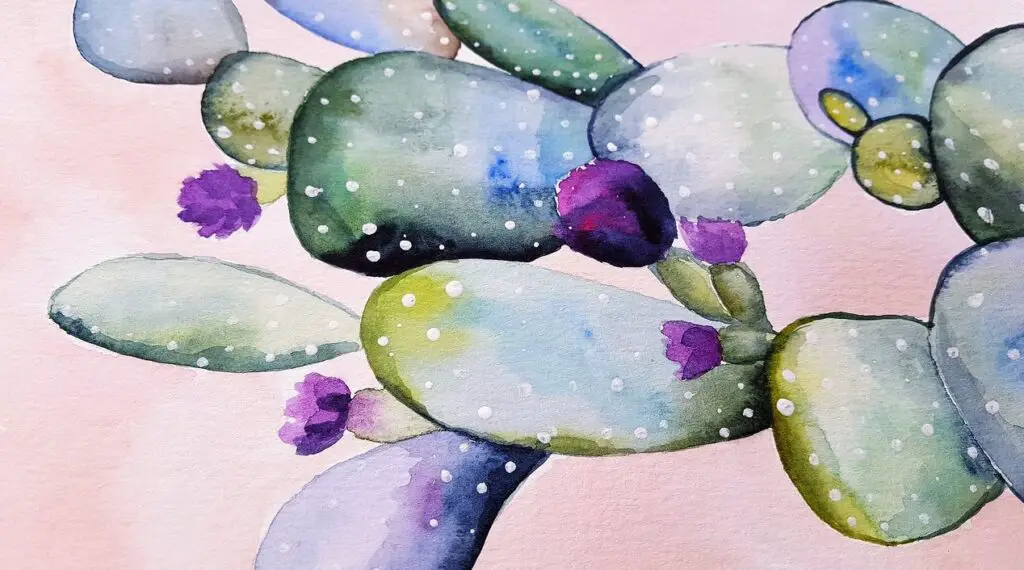Sublimation is indeed one of the most unique ways to produce high-quality and customized prints. However, like many other design enthusiasts, it’s possible that you might have come across some challenges.
One example is the, can you epoxy over sublimation paper question?
Yes, it’s possible to epoxy over sublimation paper. However, you must use epoxy suited for the sublimation process and use the correct steps.
You must also learn to mirror your designs correctly for the best results.
This post will go over all of these in detail.
What is Epoxy?
Epoxy refers to a type of adhesive paper, usually made using products like resin and hardeners. When mixed, these products go through a chemical reaction that creates a durable and long-lasting bond.
Also Read: Can You Sublimate on Plastic?
Furthermore, Epoxy is also commonly used in the construction or repair of different types of materials. These include plastics, metals, and various other composites.

People can also use it for applications like coating surfaces to provide protection against moisture, chemicals, or other environmental components. Epoxy adhesives support a wide range of applications because of their versatility and strength benefits.
They are also common in various other industries like construction, marine vessels, and airplanes. So can you epoxy over sublimation? This guide aims at answering all you might need to know.
Reasons Why You Can Epoxy Over Sublimation Paper
There are various reasons why it’s possible to epoxy over sublimation paper including:
- Epoxy offers the perfect protective layer you can use for sublimation paper. It helps protect the paper from issues like fading and gradual damage.
- Epoxy helps produce a glossy finish that makes your design stand out and look appealing. Epoxy is also durable, and lasts longer than the traditional sublimation paper.
- Epoxy is also easy to sand and polish, making it perfect for producing a smooth surface finish.
- Epoxy is waterproof and resistant to issues like water or moisture.
- Epoxy exists in various colors that make it easy to produce a customized finish.
How to Epoxy Over Sublimation Paper
Epoxy over sublimation paper is a great way to add a durable, glossy finish to your sublimated images.
Here is a step-by-step guide on how to use epoxy over sublimation paper:
- Preheat the surface: Start by preparing the surface before you set the epoxy. Ensure the surface is clean and free from any debris or dirt.
- Prepare the epoxy: Adhere to the instructions of the manufacturer and your basic mixing knowledge to prepare the epoxy.
- Apply the epoxy: Get a brush or roller and use it to set the epoxy to the surface. Ensure you do it in thin coats, and let them dry between different coat applications.
- Set the sublimation paper: Once the epoxy dries, set the sublimation paper on the surface.
- Secure the sublimation paper: Get masking tape or any other relevant material to set the paper in its place.
- Apply some heat: Get a heat press or iron and use it to set the heat on your sublimation paper.
- Peel the paper off: Once you apply the heat, peel off the sublimation paper so that it reveals the image, and observe it first before completing it.
- Apply a clear coat: You do this to help improve the longevity of the image.
Challenges in Using Epoxy Over Sublimation Paper
Sublimating over epoxy paper, which people also refer to as sublimation paper can lead to various challenges. These challenges usually occur because of the nature of the material and the steps involved in the sublimation process.
Also Read: Can You Sublimate on Modal Fabric?
Here are some of the challenges to expect when epoxying over sublimation paper:
Ink Bleeding
Sublimation paper is produced to absorb and produce sublimation inks when exposed to heat.
However, epoxy resin refers to a liquid material that can pass through to the paper fibers, and this can lead to ink bleeding issues. It can eventually lead to blurry or distorted images.
Paper Warping
Epoxy resin is usually applied in the form of a liquid, and has a specific moisture or weight amount. When applied to sublimation paper, the paper might retain the resin thus leading to ruling or warping issues.
It can lead to uneven surfaces or cause the misalignment of your designs.
Adhesion Issues
Sublimation paper usually undergoes coating using a special layer that makes it easy to transfer the ink from the paper to the substrate as the sublimation occurs.
The epoxy resin may fail to adhere correctly to the coating, which might produce a low-quality bond between the paper and resin.
It can eventually lead to the peeling or delamination of the epoxy layer.
Discoloration Or Yellowing Issues
The epoxy resin might undergo the ambering process, which causes it to turn gradually from yellow into a brown color as time goes by.
It can compromise the appearance of the sublimated image, particularly when the resin layer is small or exposed to UV light.
Air Bubbles.
The epoxy resin has the tendency to trap air bubbles when the curing process occurs. When its applied over sublimation paper, the air bubbles might get trapped in the resin and the paper.
The result is that this might lead to inconsistencies in the image quality.
The Temperature And Curing Time
Epoxy often requires specific temperatures and curing times to produce the best results.

Also Read:Can You Sublimate on Silicone?
These conditions vary in different settings, which can damage the resin or lead to the production of a poor sublimation image.
Addressing These Challenges
The best way to address these challenges is to experiment with different materials for the best results. Other solutions you can use involve using sealants or primers on sublimation paper.
Doing this can prevent ink bleeding, and pre-flattening paper before you start will address UV-resistant epoxy resins that can lead to yellowing.
For curing time and temperature, try to use vacuum degassing methods because this will help stop bubble formation.
Frequently Asked Questions (FAQ)
Do You Have to Epoxy After Sublimation?
Sublimation doesn’t require sealing with epoxy. The reason is that the ink comes permanently bonded to the material during the heating process. Thus, there is no need for additional sealing.
How Do You Seal Sublimation?
The best way to seal sublimation is to use a heat-resistant clear coating or use a sublimation-specific sealant product. Ensure you also adhere to the instructions of the manufacturers and apply the sealant evenly over the sublimated surfaces.
What Is the Coating on Sublimation Blanks?
The coating you will find on sublimation blanks is a polymer-based layer. Brand makers produce it to accommodate sublimation inks. They act as a receptive surface that makes it easy for inks to penetrate and bind with the coating during sublimation. The coating also helps produce vibrant and long-lasting results.
How Long Do Sublimation Prints Last?
Sublimation prints can last indefinitely or as long as they have undergone the correct printing process. You must also gauge the quality of the prints, and the materials used to ensure the results match your needs.
Does Sublimation Print Peel Off?
No sublimation prints won’t peel off as long as you use the correct materials and the correct printing process. Fortunately, this process is easy and convenient when you have an informed technique.
Even though epoxying over sublimation paper is possible, you must customized paper and the right technique for the best results. You must also gain experience with this process a few times so you can gauge all that is required.

